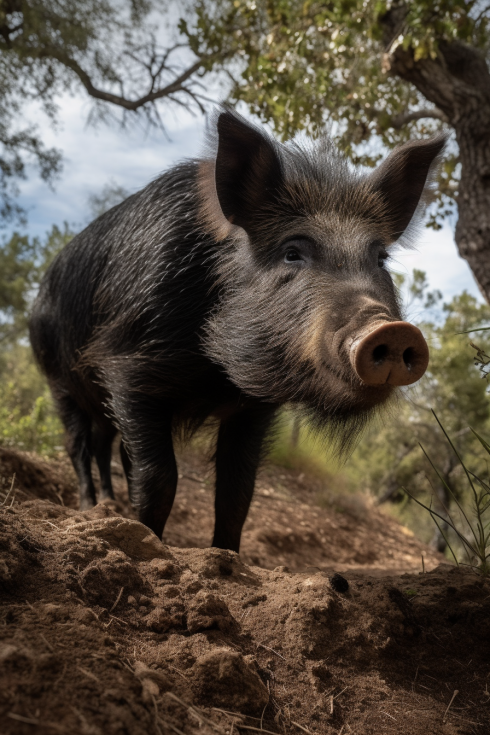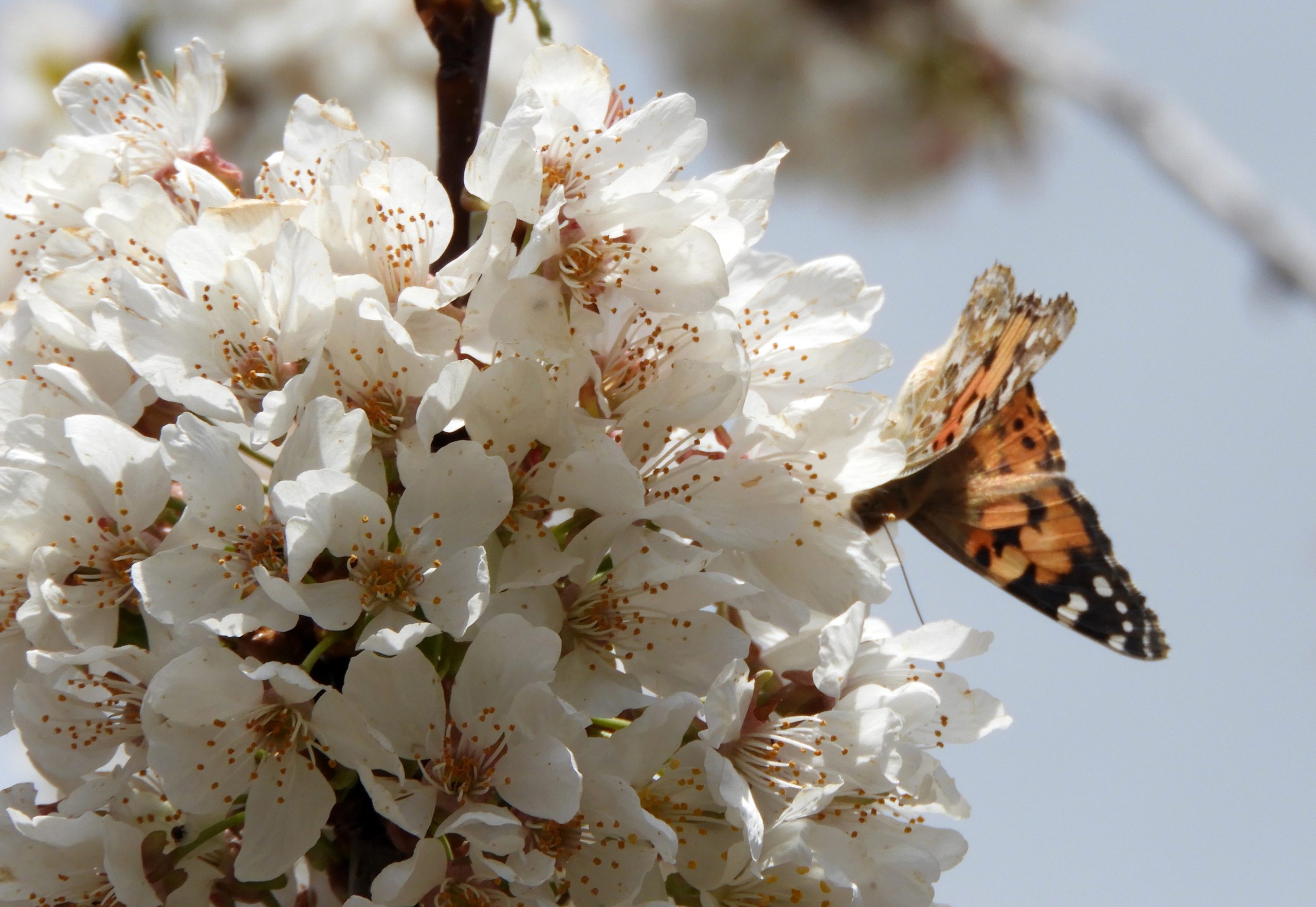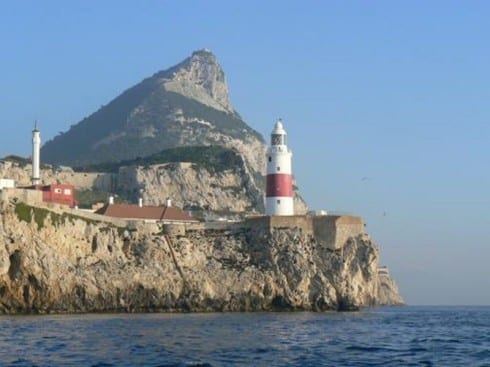A MOUNTAINOUS region rich with forests and pastures, the Alpujarra supports a wealth of wildlife – from birds to mammals and bees to butterflies.
Although tourism has replaced agriculture as the main income, ‘ganaderia’ (farming) remains important to this day.
Historically, livestock supported local families by providing much-needed daily rations of milk, meat, cheese, and eggs – and at a better, fresh quality than in any supermarket.
In past decades, mules and donkeys were a very common sight in the white villages as the main form of transport and families stabled them in the basements of their houses.
Horses remain popular with the accomplished ‘jinete’ (horseman), riding his Andalucian steed around the countryside and particularly at fiestas and ‘romerias’.
Here, the Olive Press meets some of the animals you’ll see in this diverse area.

Wild animals:
The emblematic Ibex
One of the best-known (and loved) animal symbols of the area is the the Spanish Ibex, otherwise known as the ‘cabra montesa’. This wild goat has adapted to the mountains of southern Spain. An agile creature, it is sometimes seen leaping down slopes, usually with companions. Usually, by the time you’ve grabbed the camera, they’ve disappeared out of sight!
Jabali
A wild boar weighing up to 200kg, the Jabali favours forested areas. It is hunted for its meat, and to keep numbers down, as they can sometimes be destructive – especially if they enter your garden at night, seeking food supplies.
Jabali have a a stocky, muscular build, a long, pointed snout, sharp tusks, and a bristly coat of dark hair. They tend to live in groups of up to 20 and can become aggressive if threatened or during mating season. This explains why many people are nervous about them.

Fantastic foxes
The red fox is a renowned species of La Alpujarra. With distinctive red fur, it is frequently seen at dawn and dusk. This is a predator, don’t let your small cat wander off in the dark.
COMPANION ANIMALS
Andalucian Horses
The Pure Spanish Horse, known as the PRE or Andalucian horse, dates to ancient times and played a significant role in culture and history. It was bred as a war horse and has also been used for bullfighting, dressage, and other equestrian sports.
A beautiful breed, it is compact yet powerful, with a flowing mane and tail. The PRE’s graceful movements and excellent balance make it an ideal mount for dressage.

Various breeds of dog
The Podenco is a prominent breed in the mountains. It dates back thousands of years – to the ancient Egyptians. It was brought to Spain by the Phoenicians and was historically used for hunting.
An ideal companion animal, the Podenco has long ears and a pointy nose (all the better to hear and smell). Although different varieties of Podenco exist, common characteristics are agility and intelligence.
Other popular breeds on the mountains are Mastiffs, Border Collies, and various ‘Shepherds’.
FARM ANIMALS
Mules and burros
Smaller and slower than horses – and extremely sturdy – mules and burros were traditionally used to work the land and carry goods. Mule tracks connect most of the Alpujarran villages, although many have been lost over time.
To this day, mules are used to plough land on the Sierra de Contraviesa, where steep terraces make modern-day tractors impractical. This is done to plant grapes (‘uvas’) for the local wine.

Pigs
Pigs are kept for their meat and to make the famous cured ‘Jamon Serrano’, especially in the higher villages. The Trevelez ham carries its own quality seal / denomination and is renowned throughout the region.
Many Spanish families held (or still hold) a fiesta for the ‘matanza’ (slaughter) of the pig. They turn every part into an edible product, from sausages encased in the guts to boiled trotters, to the traditional ‘lomo’ (loin).

Cows
‘Vacas’ are less commonplace in the Alpujarra than sheep, goats, and pigs. However, some farmers keep them for their meat and milk, which can be made into a tasty cheese. “They are a lot of work,” one farmer told the reporter.
Be careful that it isn’t a bull approaching you on that rural track – look out for horns!

Sheep
The Alpujarra plays home to many sheep (‘ovejas’), which have a long history in the area. A fine-wooled breed, the Merino, was established in Spain by the 13th century and was seen by Don Quixote.
Today, ‘ovejas’ are still popular with the region’s pastors and are frequently kept alongside goats.
The sheep shearing season is about to start, to remove those cumbersome winter coats. Chris Stewart, of Driving Over Lemons fame, made the custom famous and even originally made a living shearing them in Scandinavia, when not in Granada.
Although the fleeces were historically sold, they are now discarded, as imported wool from is cheaper.

Goats
Many people keep goats in La Alpujarra, mainly for their meat and milk. A common sight is the local ‘pastors’, wandering with herds of 200-300 ‘cabras’, which they take out daily to graze on grass. Each pastor has a permit to graze the flock on certain pastures.
A young goat’s meat is called ‘choto’ and is a staple ingredient in various regional dishes.
If you’re driving around rural tracks, be patient, as goats can sometimes block your way and they don’t move so fast!

Goats are ideal for milk, even though it tastes strong! Photo: J. Chipchase.
Moving the herd – ‘transhumania’
‘Transhumance’ means the ‘passage’ of cattle, led by their shepherds, from their summer pastures to winter ones, and vice versa, because of seasonal differences.
In April and September, flocks of goats and sheep are migrated, travelling substantial distances on foot – or hoof.
This is an impressive spectacle in La Alpujarra, with the environmental agency or police escorting the large herds and their human guides along the main roads.
Transportation by lorry would be too expensive: that’s why the ancient tradition exists today.

BIRDS OF PREY
The golden eagle can be seen soaring over the mountains of La Alpujarra. One of the world’s largest birds of prey, it is majestic and has keen hunting skills.
The griffon vulture can also be spotted. A scavenger, it helps the ecosystem by cleaning up carrion. He might also clear up your pet mouse!
Partridges are a common game bird in La Alpujarra and are hunted for sport and food.
You’ll also find owls – listen for their distinctive twit-ta-woo at night.
IMPRESSIVE INSECTS
The Sierra Nevada hosts many butterflies, including the Apollo, the Large Blue, and the Moroccan Orange Tip.
At ground level, there are beetles, including the wingless Tenebrionid, ground beetles, and longhorn beetles.
Ants in your pants (or food) is a reality, with the Carpenter, Black, and Red Ant all going strong. Don’t leave food scraps lying around in summer if you don’t want an ant invasion.
Grasshoppers and crickets might serenade you at night and there are various dragonflies and damselflies.
The area is alive with bees and wasps. The Honeybee is kept for its ‘miel’, a staple local product. There’s also the Bumble Bee, Paper Wasp, and the more aggressive Yellow Jacket – don’t stand near its nest.
And finally, watch out for the dreaded Scalopendra stinging centipede. You don’t want one in your accommodation.

READ MORE
- Snap happy: Why the Sierra Nevada and Alpujarra region of Granada are a visual feast for your camera
- The abundant Alpujarra of Spain’s Granada – an oasis of fruit and flowers all year round
Click here to read more Granada News from The Olive Press.








